Over the last few years, I’ve been slowly making lifestyle choices that reduce my waste and environmental footprint. It’s definitely easier to do when I’m in the comfort of my own home since I have the tools and set up to avoid using disposable packaging. However, I’m doing my best to translate those habits into my travels. Granted, I often take a jumbo plane and drive places, but you do what you can.
In a world where wanderlust often collides with environmental concerns, the quest for sustainable travel practices becomes more crucial than ever. Embracing an eco-friendly approach isn’t about curtailing your adventures; it’s about making mindful choices that minimize your footprint while maximizing your experiences. From transportation choices to accommodation and daily habits, here’s a comprehensive guide on how to travel more environmentally consciously.
Travel Less
While it might sound counterintuitive, traveling less frequently but for longer durations can significantly reduce your overall carbon footprint. Opt for extended trips that allow you to delve deeper into destinations without the need for frequent air travel.
Choose Trains Over Flights
Consider taking trains instead of airplanes for your journeys. Trains are a more eco-friendly mode of transport, emitting fewer greenhouse gases and offering a scenic journey that adds to the travel experience itself.
Sustainable Accommodations and Activities
Opt for accommodations that follow sustainable practices, such as eco-hotels or lodges committed to minimizing their environmental impact. Choose activities that promote conservation and respect for local ecosystems.
Wash Less
I know, everyone hates feeling grimy, but if you resist the temptation to shower twice a day and do laundry at every stop, you’d save a lot of water. To extend the wear of my clothes, I choose my fabrics carefully. I wear a lot of technical merino wool items because they don’t trap smells. Socks, underwear, and bras are excellent investments. Pack smart by choosing clothing made from materials like merino wool that require less frequent washing. This not only lightens your luggage but also reduces water consumption during your travels. You can also use things like dry shampoo to extend the lifespan of your last hair wash.
Sustainable Hygiene
Travel blogs often promote disposable items as travel-friendly. However, I’m almost always in favour of a little more bulk for a little less garbage. For example, you can swap disposable razors for a recyclable version, or better yet, an electric razor that creates no waste. If you use it dry, you’re not using any water, either. You can also choose to buy products with little packaging from the start. Lush, for example, sells a lot of their products with no packaging, so you have nothing to throw away when you’re done with it. One thing I feel is actually more convenient AND Eco-friendly is swapping pads and tampons for a menstrual cup and period panties.
Slow Down and Dine-In
Rather than relying on disposable to-go containers, slow down and savor local cuisine at restaurants. By choosing to eat in, you reduce waste generated from single-use containers and cut down on your ecological footprint.
For many people, to-go cups are their biggest garbage sin. One latte a day and by the end of the month, you’ve filled a trash bag all to yourself. The same goes for any takeaway container and extra wrapping. One easy solution to avoid this extra garbage is to simply get the coffee to stay. Schedule in a time to take a break, eat in a restaurant, and use real tableware. Take the extra time to plan the next leg of your trip with the free WiFi. By the way, you can ask the waiter or waitress not to put a disposable plastic straw in your drink.

Bring Your Own Cup (and Other Gear)
When I was travelling through the UK was a little pricey, so I was cutting down on restaurants in favour of cooking at home and roadside picnics. I was staying in Airbnbs in England, Ireland, and Scotland, so I packed all the tableware I’d need to eat a quick meal, even just with a kettle. I also had a reusable snack bag for a bite on the go. In my lunch kit, I had:
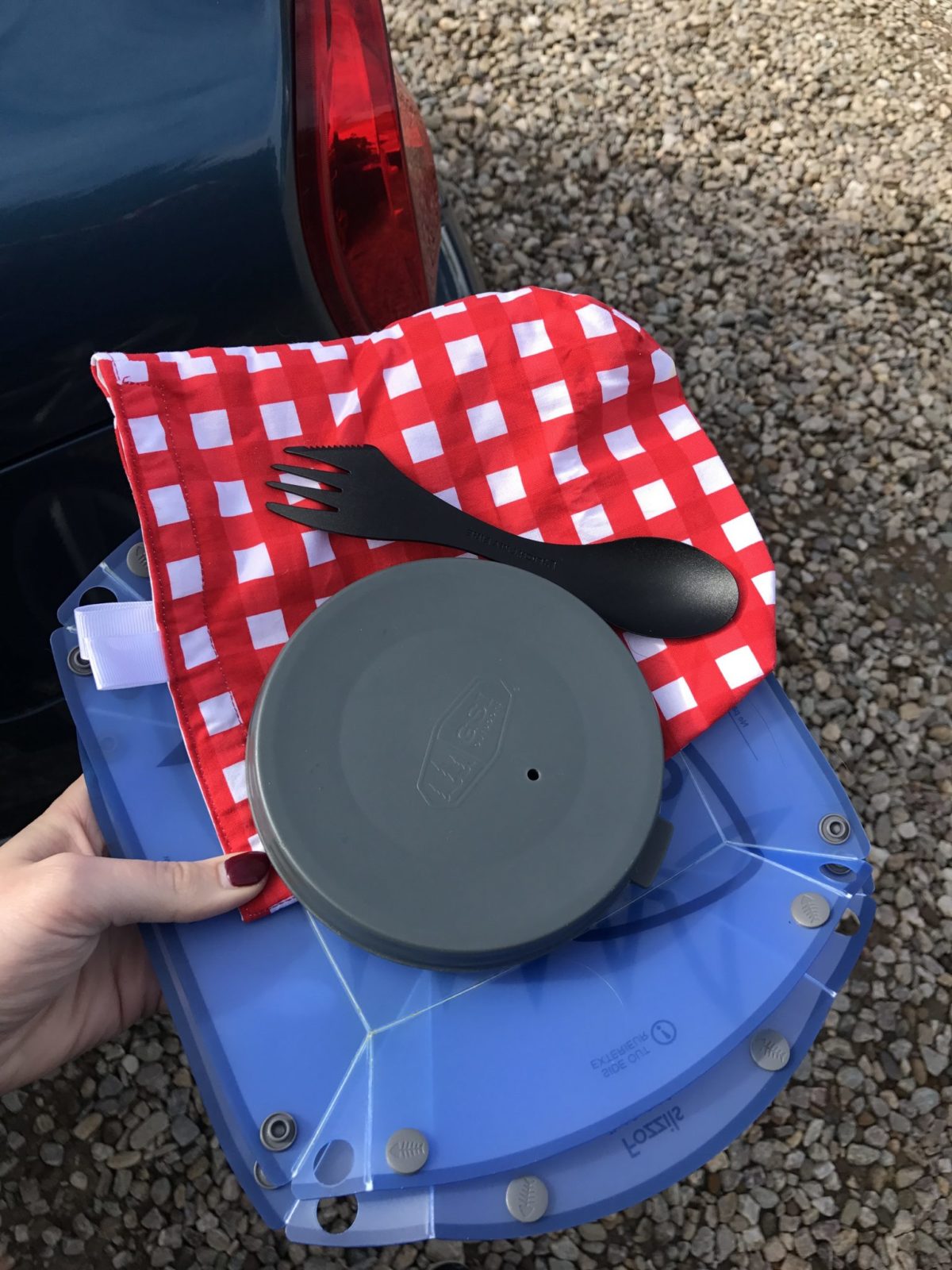
- A S’well water bottle
- A coffee cup by Frank Green
- A spork
- A reusable snack bag
- Cloth coffee filter
- Collapsible coffee cone
- Collapsible dishes
I took a cue from my camping kit for some of the items here. It allowed me to make a quick bowl of rice, eat a salad on a ferry, pack some toast for breakfast on the road, and definitely, avoid at least five disposable coffee cups and water bottles. For even more tips on travelling sustainably, click here.
Offset Your Travel with Carbon Credits
Consider offsetting the carbon emissions generated by your travel by investing in carbon offset programs. Many organizations offer carbon credits that fund eco-friendly projects, effectively neutralizing the environmental impact of your travels. Offset your travel emissions here.

Conclusion
Eco-friendly travel isn’t a restrictive practice but a mindset that enhances your adventures while respecting the planet. By making conscious choices, such as opting for sustainable accommodations, minimizing laundry, and offsetting carbon emissions, you contribute to the preservation of our planet’s beauty for future explorers. Travel becomes not just a journey of discovery but a responsible endeavor, leaving a positive impact on the places you visit. Embrace these eco-friendly travel tips to create unforgettable experiences while being a guardian of the environment.






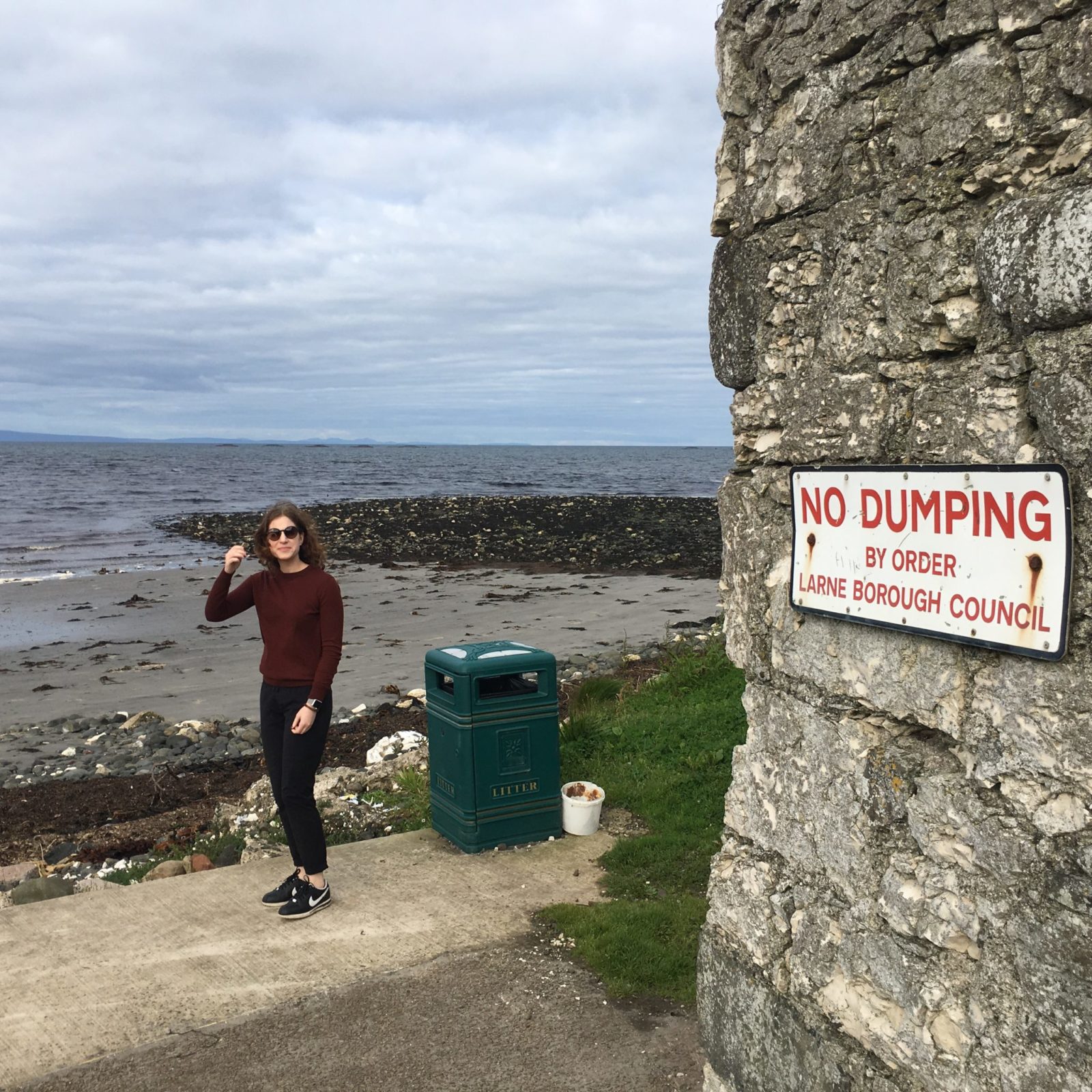






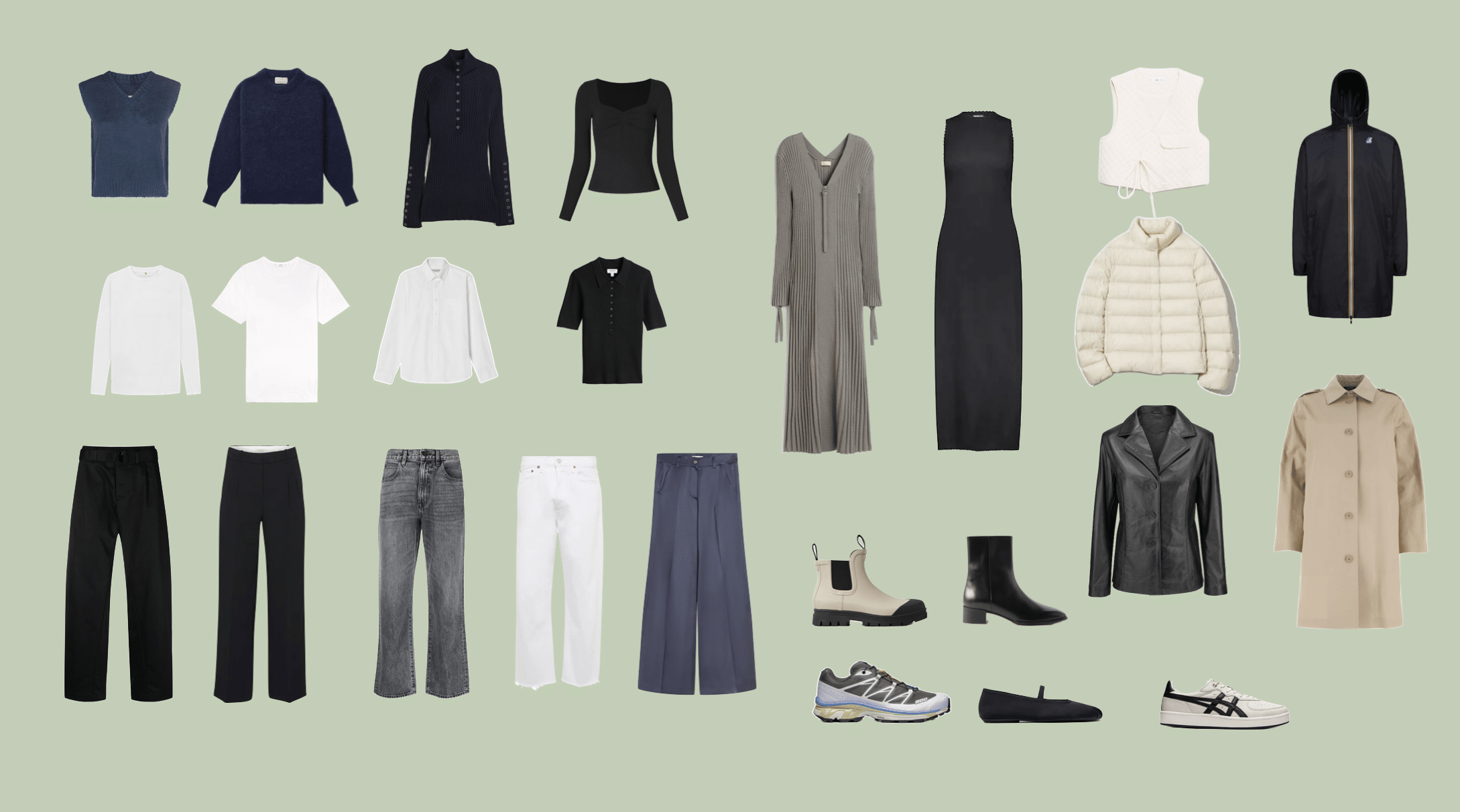
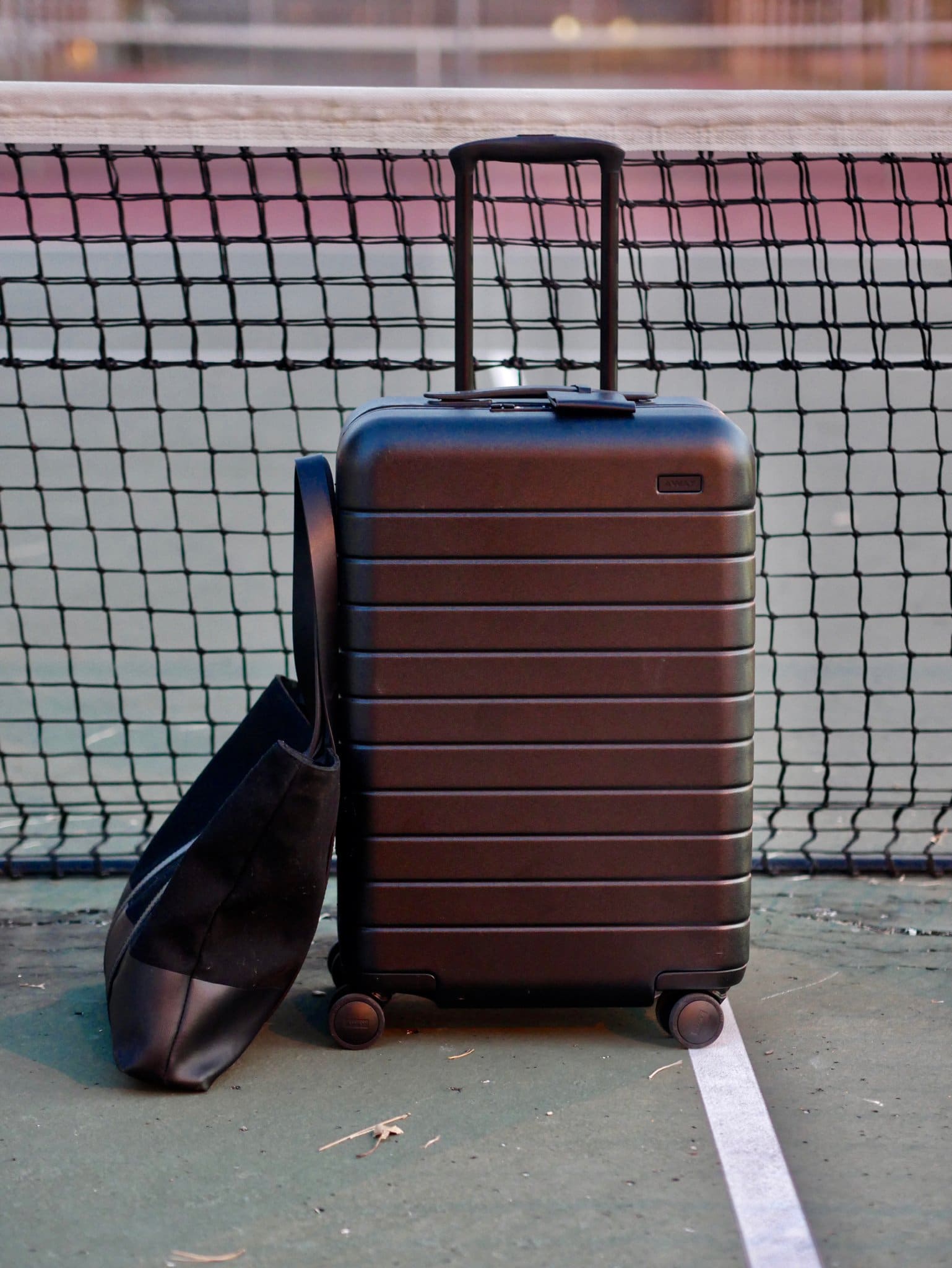
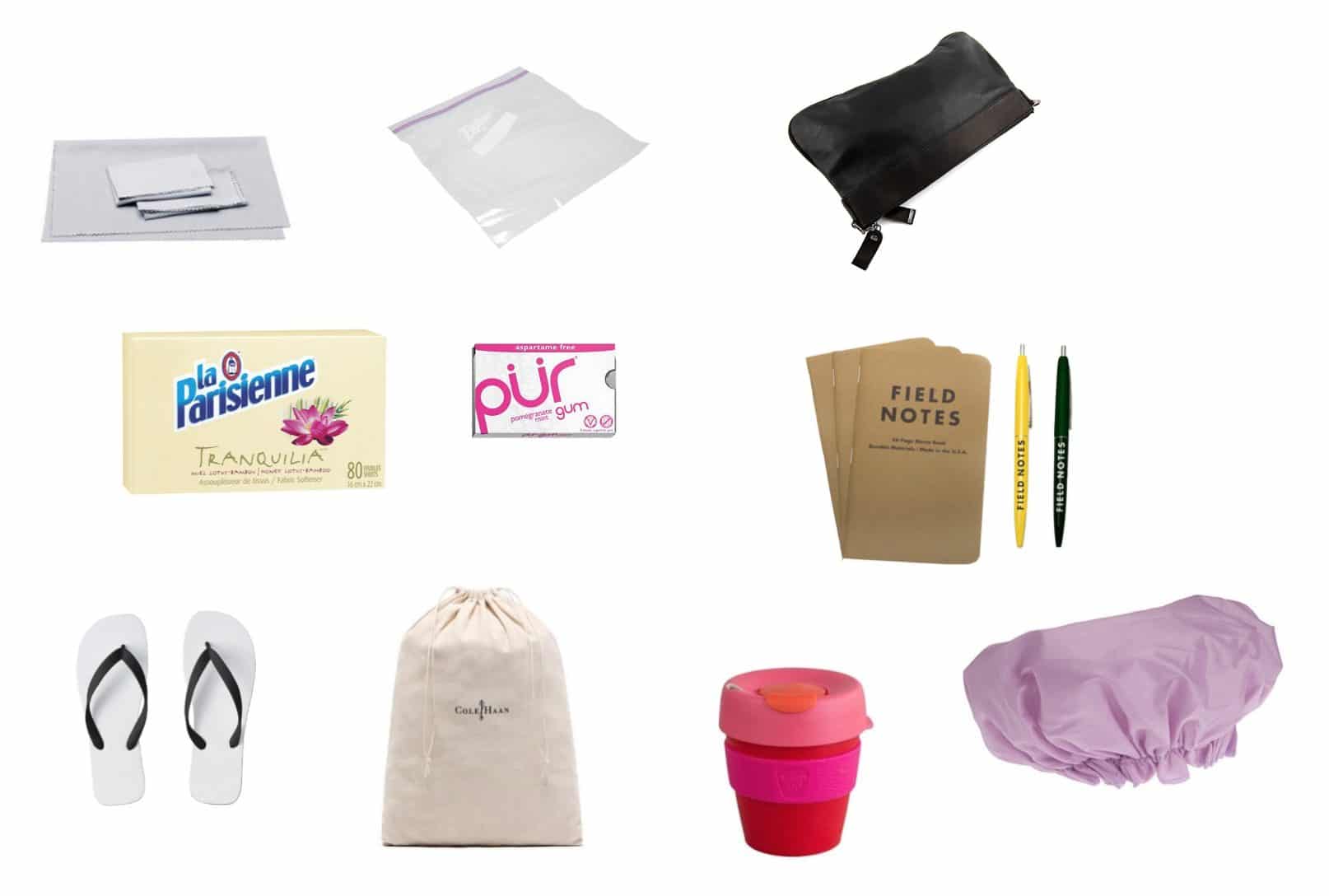













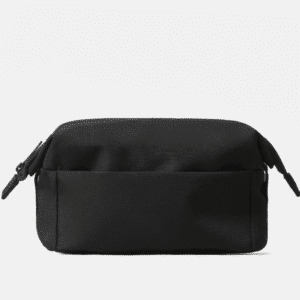








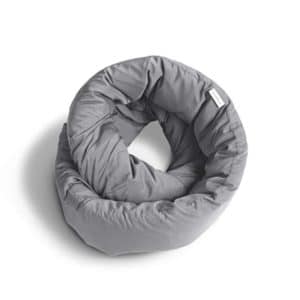
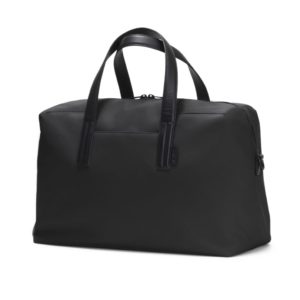
2 Replies to “Tips for Eco-Friendly Travel”
Madam ZoZo
Hi Andrea, I too am continuously trying to up my zero-waste travel game. Love your suggestions. A travel mug and menstrual cup have definitely been my two most impactful changes this year. Currently, I’m working on the rest of my tablewear, I will check out your suggested products!
Andrea Zoellner[ Post Author ]
That’s great! Thanks for sharing.